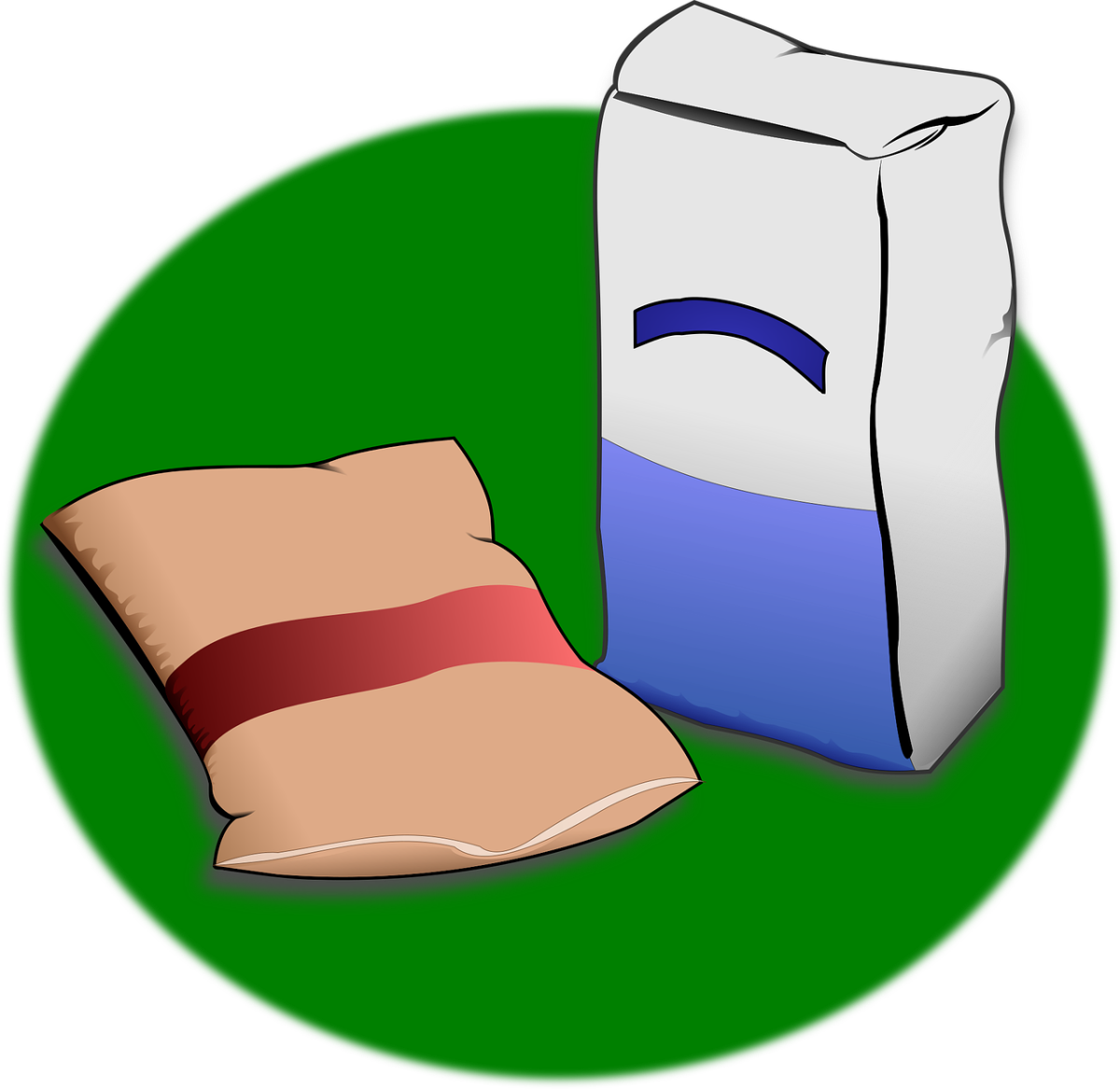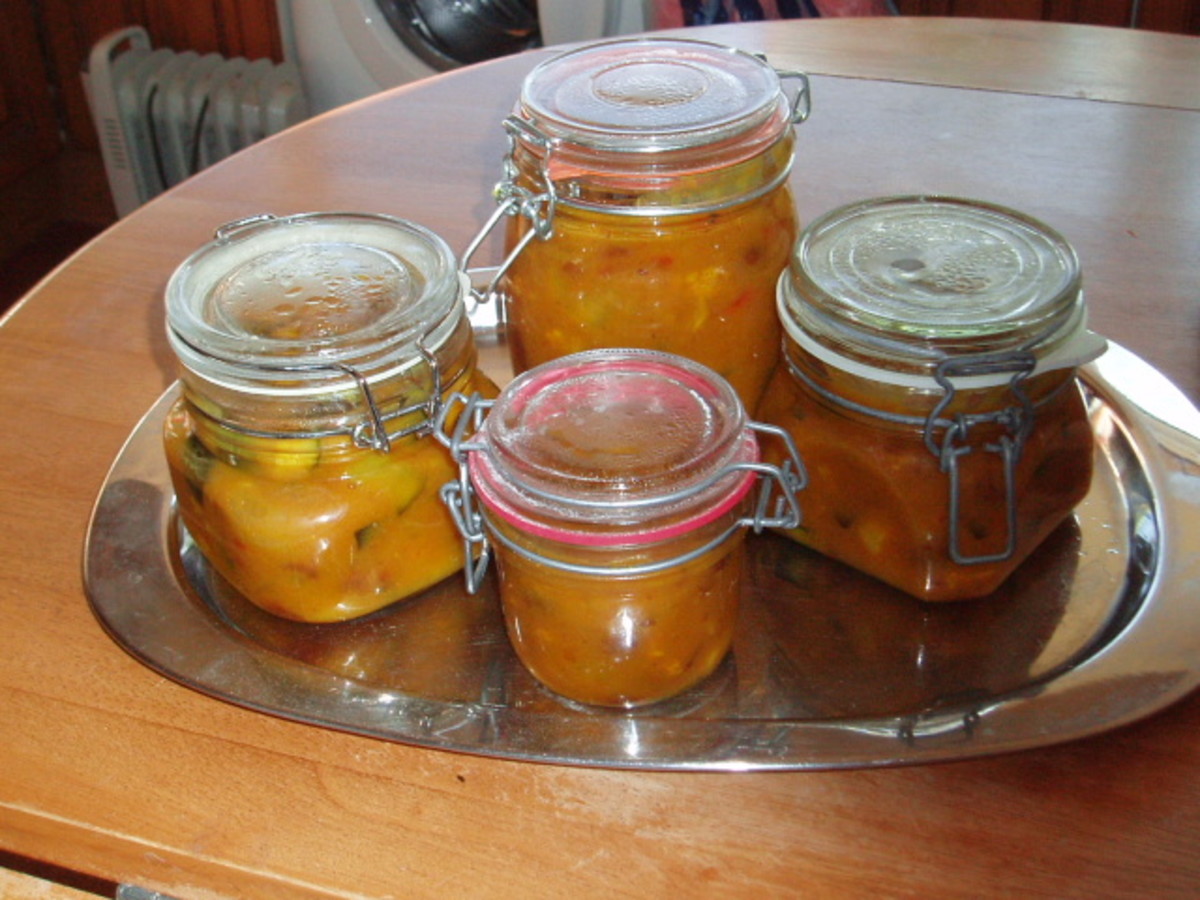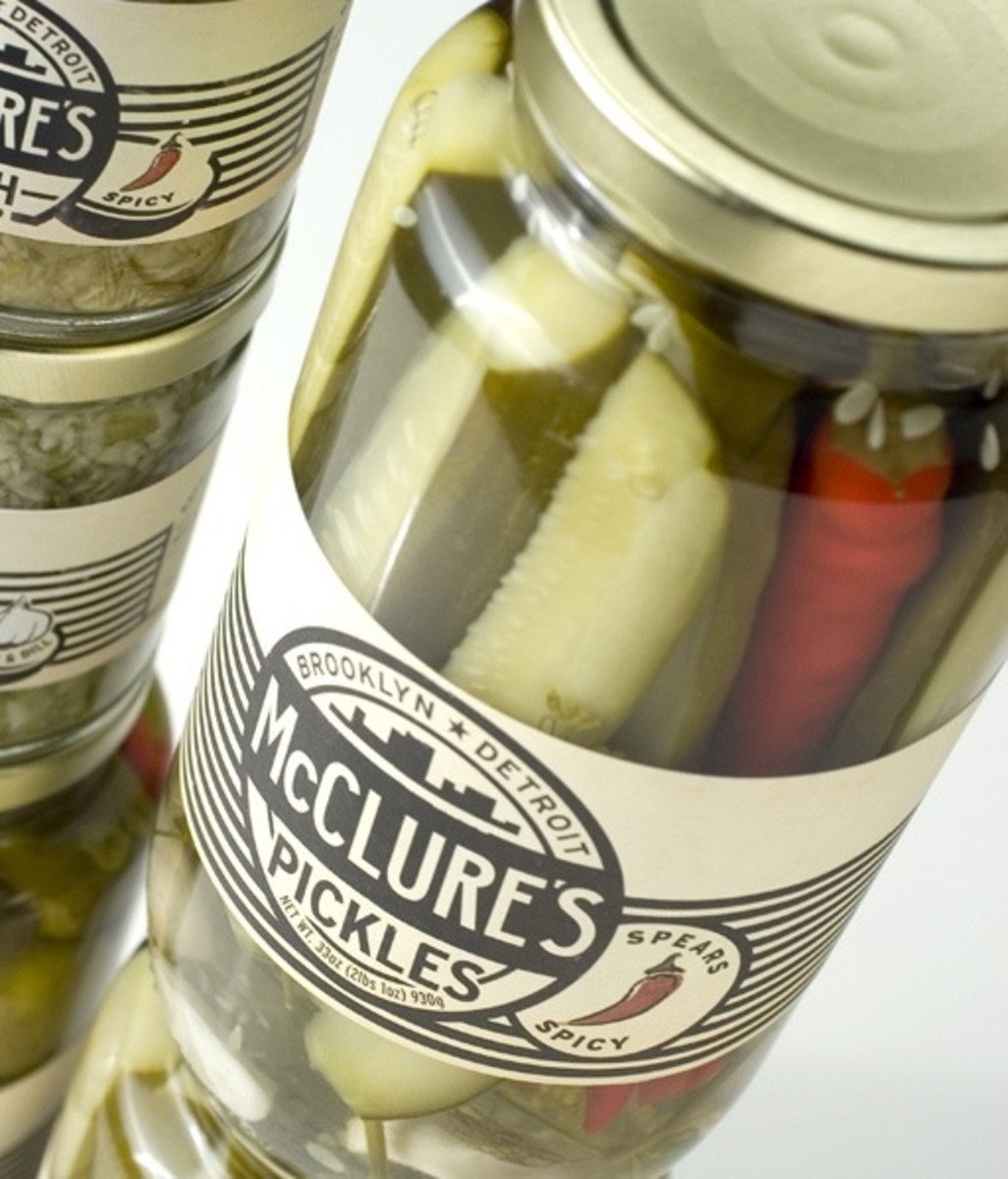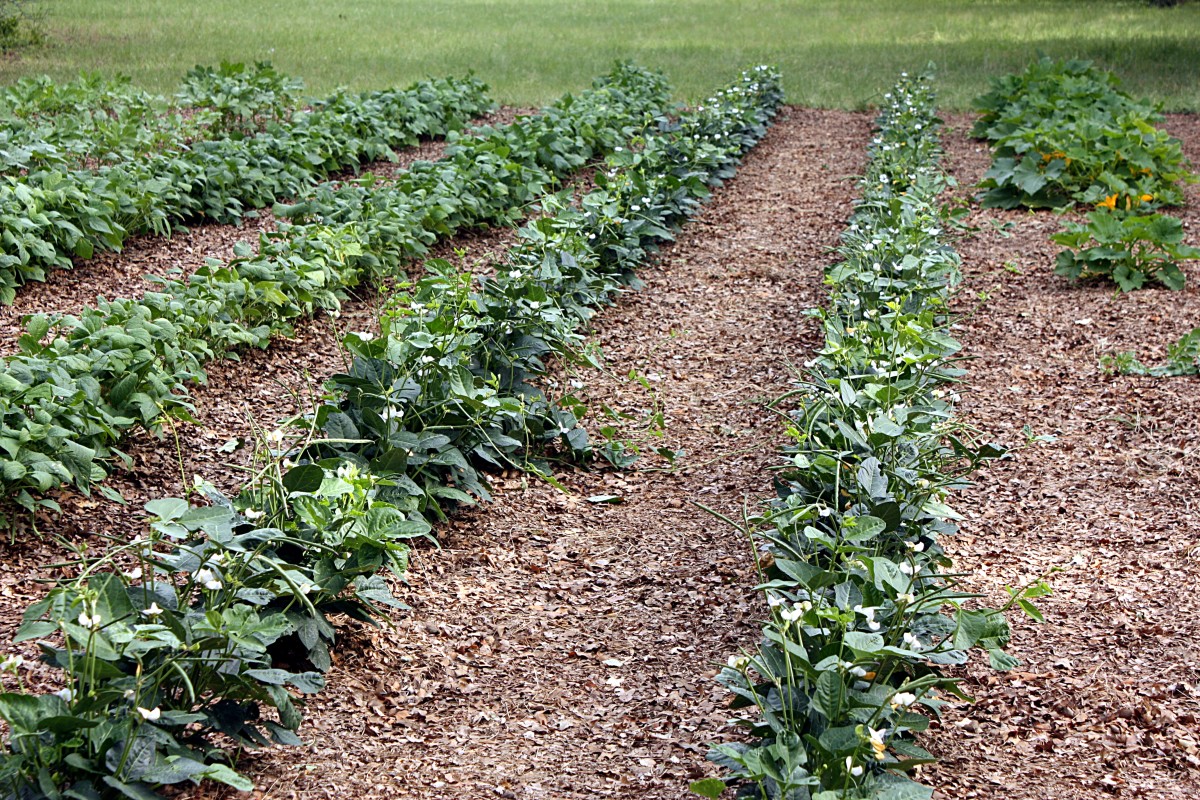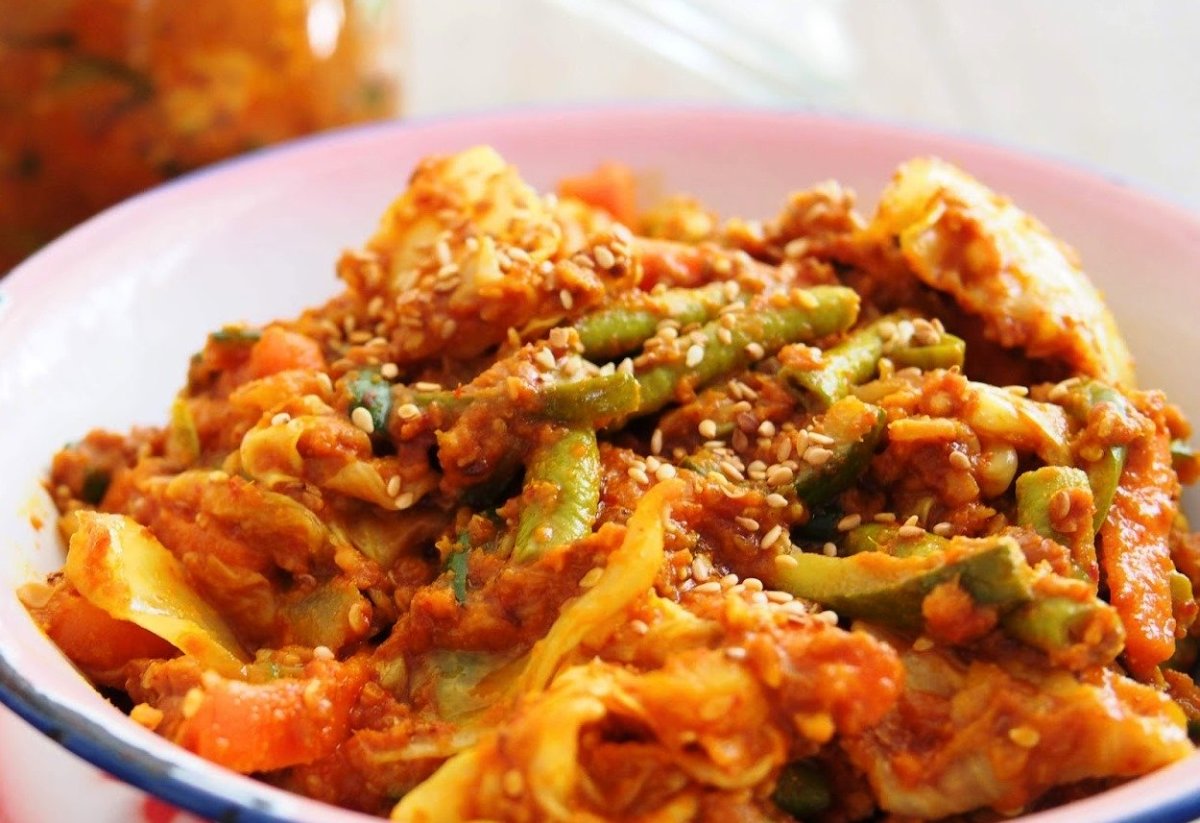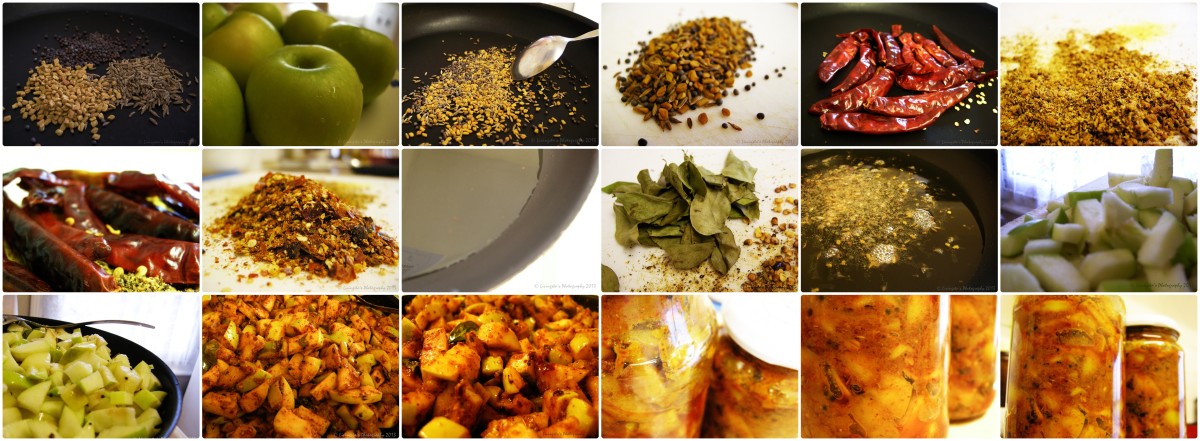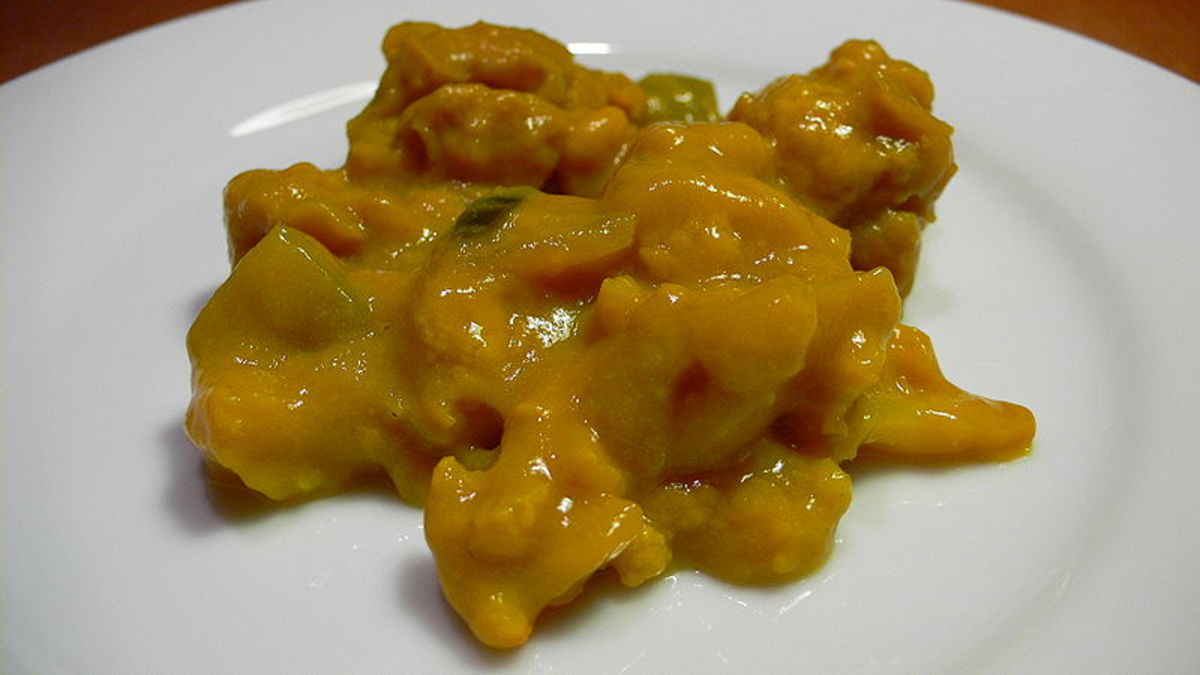The Modern Homemaker's Guide to Canning Pickles
Pickle History
Pickles have been a staple in man's diet for a long, long time, since at least 2030BC, when the peoples from northern India brought the humble cucumber to the Tigris valley in Mesopotamia. In fact, This popular food was so important to the culture of the day, that it is mentioned in both Numbers 11 and Isaiah 1:8.
Cleopatra claimed they attributed to her beauty, Aristotle boasted of their healing properties, and Napoleon felt pickles offered such amazing health benefits that he offered a cash prize to anyone who could figure out a way to preserve pickles for his troops in the field.
Eventually modern canning processes were developed in the very early 19th century, but this incredibly helpful discovery actually changed the pickle forever. Prior to canning practices, pickles were made by fermenting cucumbers, much like traditional sauerkraut and even soy sauce.
The modern canning process, prized for its ability to preserve foods long term, also kills off the healthy bacteria that cause foods to ferment. Cucumbers could be preserved, but not turned into pickles. The answer was another, already fermented food that could flavor and change the cucumbers: vinegar.
And the modern pickle was born. Okay, enough history. On to the recipes!

Choosing the Right Cucumbers
"Wait, you mean I have to be choosy about which cucumbers I use?"
Yes, you absolutely do!
If you are canning whole, halved or quartered pickles, choose firm, small cucumbers. The best canning cucumbers are dark green and bumpy and slightly under ripe. Avoid using bloated or overripe cukes. Save medium-sized cucumbers for sliced pickles and use the larger cucumbers for making pickle relish.
Prepping the Cucumbers
Wash the cucumbers--or cukes as my granny calls them-- and cut off the blossom ends, which harbor a substance that can soften the pickles, and let them stand in cold water at least 4-5 hours or overnight in the fridge. This will give your pickles a crisper bite. Cut or slice the cucumbers into spears, halves, or slices. and set aside in a large bowl.
Prepping the Jars
Just before packing, sanitize the jars and lids by either boiling them for a few minutes or running through your dishwashers sanitize cycle. The should still be hot while packing the pickles.
Granny's Kosher Dill Pickle Seasoning Recipe
In each quart jar, add the following:
1/8 tsp alum*
1 garlic clove
2 heads of dill (or a couple sprigs)
a sprinkle of crushed red pepper
A Note About Alum
Alum is a salt made from potassium and aluminum that is used to keep pickled foods crisp when canned by strengthening the pectin in the fruits' cell walls.
Alum is approved by the FDA as a food additive, but since it is metal-based, it could be toxic if taken in large doses of an ounce or more.
If you are concerned about heavy metals, you could put the alum in the soaking water instead of in the jar or of course, just omit the alum altogether.
Granny's Garlic Dill Pickle Seasoning Recipe
To each quart jar, add the following:
1/8 tsp alum*
a couple sprigs of fresh dill (or 1/8 tsp dill seed)
1/4 tsp mustard seed
2 med garlic cloves, chopped
1/2 inch square bay leaf
8 whole peppercorn
1 small pinch red pepper
1 tsp chopped onion
Scorching Habanero Pickles
Love spicy food? Try adding one to two habaneros to the Granny's Kosher DIll recipe. These feisty pickles would make a unique gift for a hot pepper lover.
Bread and Butter Pickles
- Homemade Bread and Butter Pickles
I actually do not like bread and butter pickles, so I don't have a recipe to share, but this hubber's recipe looks like it would be great!
Packing the Jars
Pack the cucumbers down into the jars, packing the cucumbers in firmly. Leave about 1 inch of head space at the top.
In a medium saucepan, bring 1 qt vinegar, 3 qts water and 1 cup pickling salt to a boil. Pour this hot brine into each jar until it just covers the cucumbers.

Rate This Recipe
Sealing the Jars
Immediately after filling each jar with brine, screw on the lid. Place the jars in a water bath canner and bring the water to a boil. Boil quarts and pints for 10 minutes. Remove the jars from the water and allow to cool. Jars will seal as they cool.
Hands off Those Pickles!
That's right. You'll need to leave those pickles be for at least 5 weeks to allow the flavor to develop properly. It can be hard to wait, but is well worth it.
Why Stop at Cucumbers? Unique Pickling Ideas
Can't get enough pickles in your diet? Why stop at cucumbers?
- Try green beans or asparagus, pickled using the garlic-dill recipe
- Combine onions, cauliflower, peppers, celery and mushrooms and pickle using a bread and butter recipe.
- Combine any variety of peppers and sliced carrots and pickle using the brine solution, garlic, and peppercorn for a zesty and colorful pepper relish that's great in tacos, chili and more.
- Pickle beets, cabbage, or even eggs
Happy pickling Season! Leave a comment below if you have any questions or need clarification. What have you pickled this year?
© 2014 Sarah


